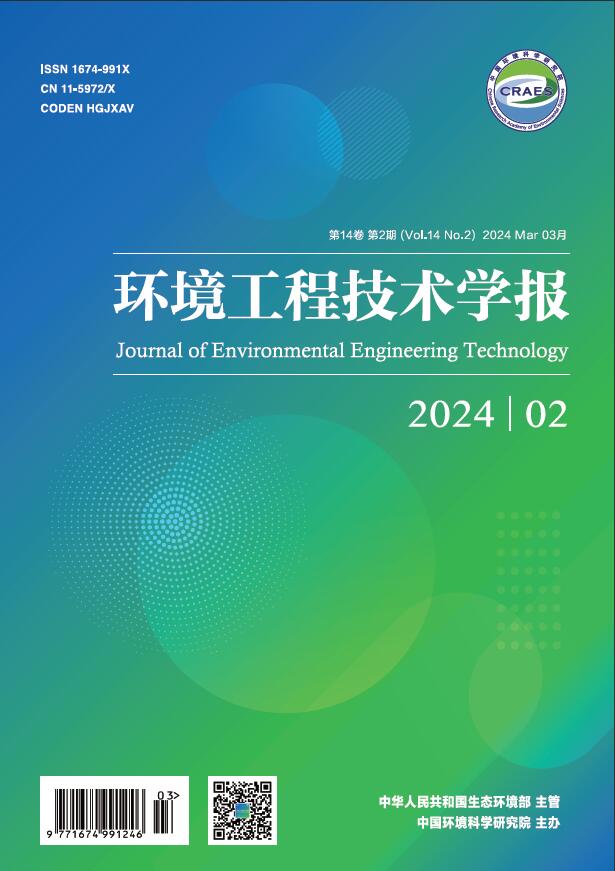Abstract:
In order to identify the main pollution sources and characteristics of Lake Chaohu and its inflow rivers, contents of total nitrogen (TN), total phosphorus (TP), inorganic phosphorus (IP), organic phosphorus (OP) and organic matter (OM) of 34 surface sediments samples were determined, and the correlation of TN, TP, IP, OP, OM and particle size distribution also analyzed separately. The results showed that the nutrients content of sediments in the west part of Lake Chaohu was significantly higher than that of the east part, and the nutrients content of sediments in the middle part was strikingly low. The nutrients content of Nanfei River sediments was much higher than that of other inflow rivers, and reached its peak down the river which flowed through the Hefei City. Furthermore, it was founded that the contents between TOC and TN, TN and OM, TP and IP of sediments were significantly correlated, which indicated that organic nitrogen and inorganic phosphorus were the main fractions of TN and TP respectively, and content of inorganic nitrogen remained relatively constant comparing with organic nitrogen. However, TN was significantly correlated with TP and IP, indicating the homology between nitrogen and phosphorus of sediments. The results of sediment particle size analysis also showed that the correlation between sediment particle size and TOC, TN, TP, IP became less significant with the increase of the particle size.


